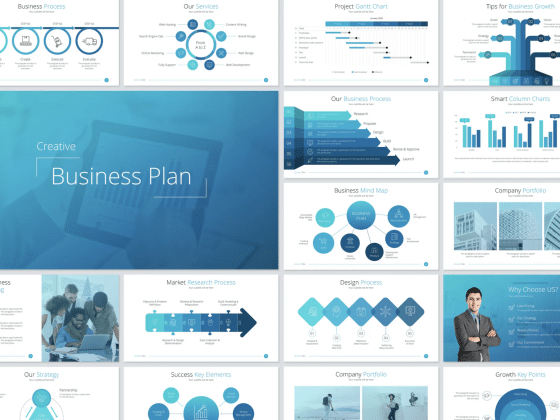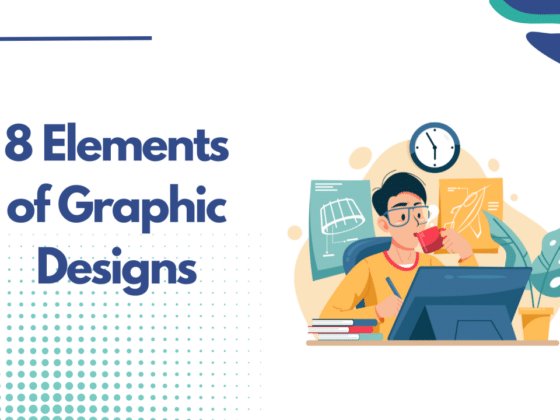Each year, trends in web design promise to project us into a future full of innovations and technological advancements. But, in 2021, it seems that the movement suggests just the opposite.
The web design trends of 2021 seem to revolve around a common theme: rather than yearning for technology-related dreams, graphic designers are turning to new forms of realism by mixing “digital” and “ordinary” like never before.
This does not fail to reflect how much websites have become an integral part of our daily life. So, the 7 web designing trends of 2021 aim to breathe some life into today’s digital world.
- The parallax animation
From micro-interactions to particle backgrounds, we’ve witnessed the growing popularity of web animation trends year after year.
In 2021, these animations become even more complex thanks to the extreme separation of the elements between the foreground and the background, creating a parallax effect.
The parallax effect is an optical illusion that occurs when objects close to the viewer appear to be moving faster than objects farther away.
Although we see this in everyday life (looking at the scenery through the window of a driving car, for example), this effect feels both real and surreal to us when used on the web.
The depth created by using the foreground and background also has the added benefit of immersion, turning the computer screen into a real theatre stage. Thus, users are naturally drawn to the convincing elements of the web pages they are on.
- Neomorphism
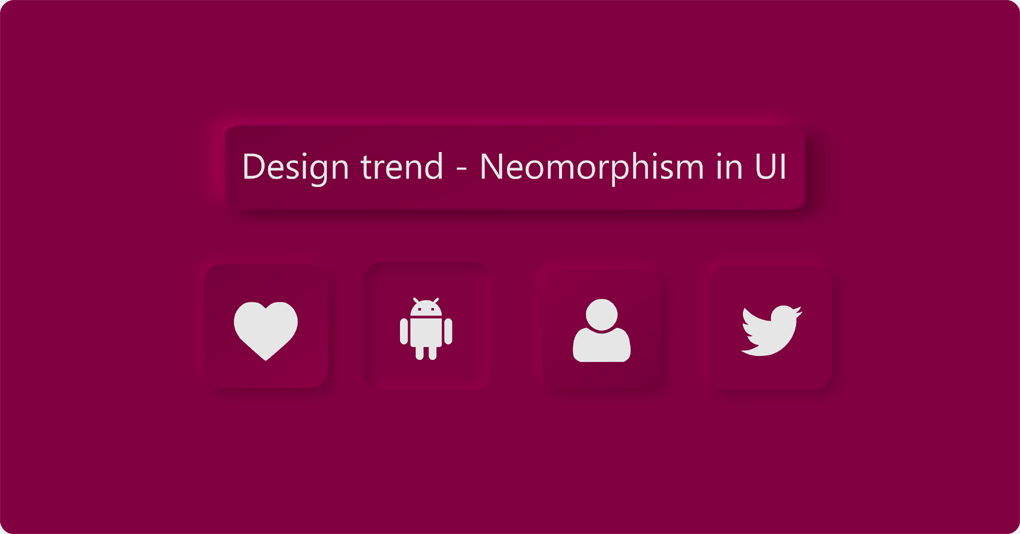
Neomorphism succeeds skeuomorphism (an approach to design that involves using the familiar and the obsolete to represent current objects), which reached its peak in mobile application icons in the early 2010s.
This trend was largely supplanted by flat design, which consisted of using colors to create less realistic icons, but more uniform and more easily identifiable.
This allows graphic designers to add a tactile element to their designs, which was sorely missed during the reign of flat design, and thus strengthen the bond between the user and the design with which they interact. Expect to see this trend across all buttons, search bars, and text boxes, in 2021.
- Abstract art compositions
Abstract shapes, especially primitive geometric shapes like squares and circles, can appear simple, minimalist, and restrictive.
However, in 2021, graphic designers will incorporate them into their most complex designs. In 2021, elements of abstract art will be used as an alternative to photography in web designs for start-ups, tech products and mobile apps.
In most cases, these abstract art compositions replace stock photos and character illustrations. Although they may include images of people, the emotions they evoke are not based on these characters.
- Soft colours
Given the increasingly digital nature of the job market, most people spend the majority of their time in front of their computers. This explains why eye fatigue is common among the most frequent users.
In 2021, designers are taking this into account with less aggressive colour palettes. We can thus understand the popularity of the dark mode of 2020, which thwarted the overwhelming whiteness that dominated the screens until then.
- Committed web design
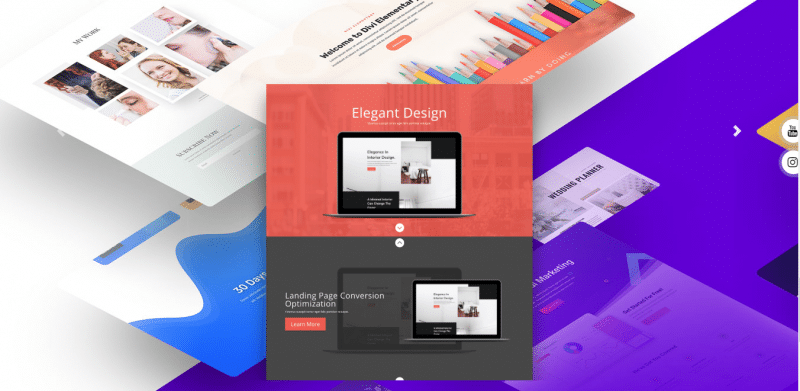
- The scroll
When we scroll through a page, we do more than just “navigate”, we interact. The physical actions that users take in real life (clicking the mouse, for example) elicit a response. Interaction is a form of participation, and when users are involved in these interactions, they are more likely to be interested and engaged.
- Numerical interpretations of physical products
Products are often at the heart of sites and web pages. In 2021, website design will draw inspiration from the products themselves, through creative and digital interpretations of physical media.
This can take the form of colors spread across a page, reminiscent of nail polish, or images with rounded corners, like on smartphones, etc.
Not only does this approach create a visual synergy between the product and its website, it also makes web pages more organic and more surprising.
As we spend more and more time on websites, this tendency to mix the real world and the digital world makes it seem like it was specially designed for our time.
Ready for the biggest website design trends of 2021?
Ultimately, the top web design trends of 2021 are less inspired and more aspirational to show “real” reality. It shows how more and more websites are in our life. So, it’s no wonder that graphic designers make sure that they are in tune with our daily lives. How do you see the future of web design trends? Let us know your predictions in the comments below.
